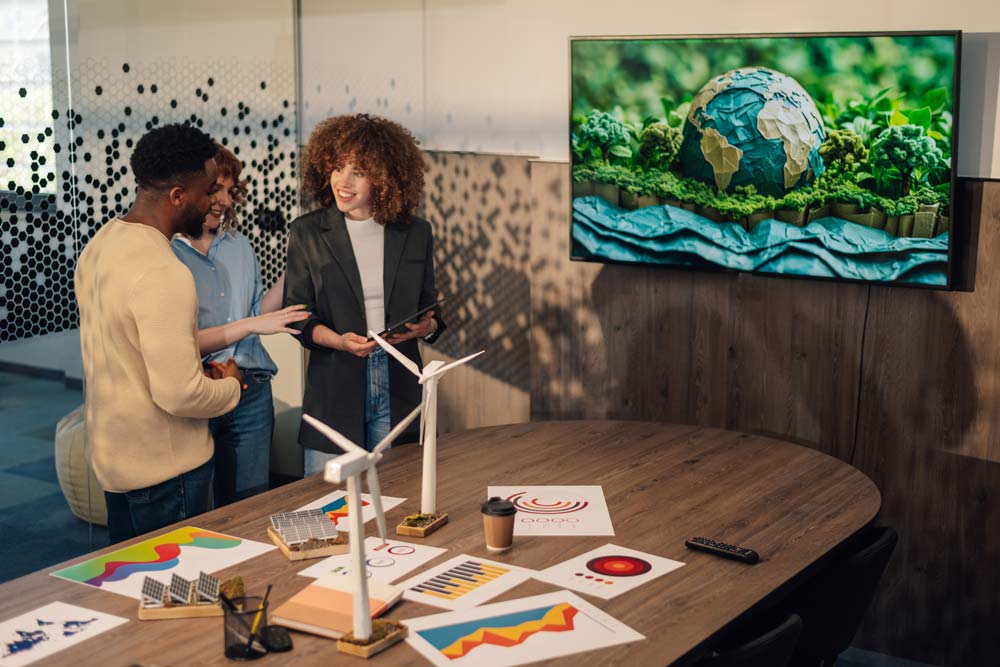Introduction
Urban green spaces, such as parks, gardens, and green roofs, are increasingly recognised as vital components of sustainable urban development. In the context of rapid urbanisation and environmental degradation, these areas offer multifaceted benefits that address pressing ecological challenges. This essay explores how urban green spaces contribute to environmental sustainability by mitigating climate change, enhancing biodiversity, and improving air quality. Drawing on academic literature and authoritative sources, the discussion will highlight the significance of integrating green infrastructure into urban planning, while acknowledging certain limitations in their application. The aim is to provide a clear understanding of the environmental value of these spaces and their role in fostering sustainable cities.
Mitigating Climate Change
One of the primary contributions of urban green spaces to environmental sustainability is their role in mitigating climate change. Vegetation in urban areas, such as trees and shrubs, sequesters carbon dioxide, a major greenhouse gas, thereby reducing the urban carbon footprint. According to a study by Nowak et al. (2013), urban trees in the United States alone store approximately 708 million tonnes of carbon. Furthermore, green spaces help combat the urban heat island effect—a phenomenon where urban areas experience higher temperatures than rural surroundings due to concrete and asphalt absorbing heat. By providing shade and facilitating evapotranspiration, parks and green roofs can lower temperatures significantly, reducing the need for energy-intensive cooling systems. However, it must be noted that the effectiveness of such mitigation strategies depends on the size, location, and maintenance of these spaces, which can sometimes limit their impact in densely populated cities.
Enhancing Biodiversity
Urban green spaces also play a crucial role in supporting biodiversity, which is essential for ecological balance and sustainability. Cities often disrupt natural habitats, leading to a decline in species diversity, yet parks and green corridors can serve as refuges for various flora and fauna. For instance, the Royal Parks in London provide habitats for numerous bird and insect species, contributing to local ecosystems (Greater London Authority, 2017). These areas act as stepping stones or corridors, enabling species migration and genetic diversity even within urban landscapes. Nevertheless, there remains a limitation in that urban green spaces cannot fully replicate the complexity of natural ecosystems, and invasive species or human interference can pose challenges to biodiversity conservation. Despite this, their presence arguably offers a critical foundation for sustaining urban wildlife.
Improving Air Quality
Another significant benefit of urban green spaces is their capacity to improve air quality, a pressing concern in many cities worldwide. Vegetation absorbs pollutants such as nitrogen dioxide and particulate matter, which are detrimental to human health and the environment. Research by the UK Department for Environment, Food & Rural Affairs (2019) indicates that urban trees can remove substantial amounts of pollutants annually, thus enhancing the quality of life for city dwellers. Moreover, green spaces encourage active transport like walking and cycling, reducing vehicle emissions. While this contribution is substantial, it is worth noting that in heavily polluted areas, the capacity of green spaces to filter air can be overwhelmed, necessitating complementary measures like emission controls. Indeed, integrating green spaces with broader environmental policies is essential for maximising their impact.
Conclusion
In conclusion, urban green spaces significantly contribute to environmental sustainability through mitigating climate change, enhancing biodiversity, and improving air quality. They serve as indispensable tools in addressing some of the most urgent ecological challenges faced by modern cities. However, their effectiveness is contingent on strategic planning, adequate maintenance, and integration with wider sustainability policies. The implications of these findings suggest that urban planners and policymakers must prioritise the development and preservation of green infrastructure to build resilient, sustainable urban environments. While limitations exist, the overall benefits of urban green spaces are undeniable, making them a cornerstone of environmental stewardship in an increasingly urbanised world.
References
- Greater London Authority (2017) London Environment Strategy. Greater London Authority.
- Nowak, D.J., Greenfield, E.J., Hoehn, R.E. and Lapoint, E. (2013) Carbon storage and sequestration by trees in urban and community areas of the United States. Environmental Pollution, 178, pp. 229-236.
- UK Department for Environment, Food & Rural Affairs (2019) Clean Air Strategy 2019. UK Government.


